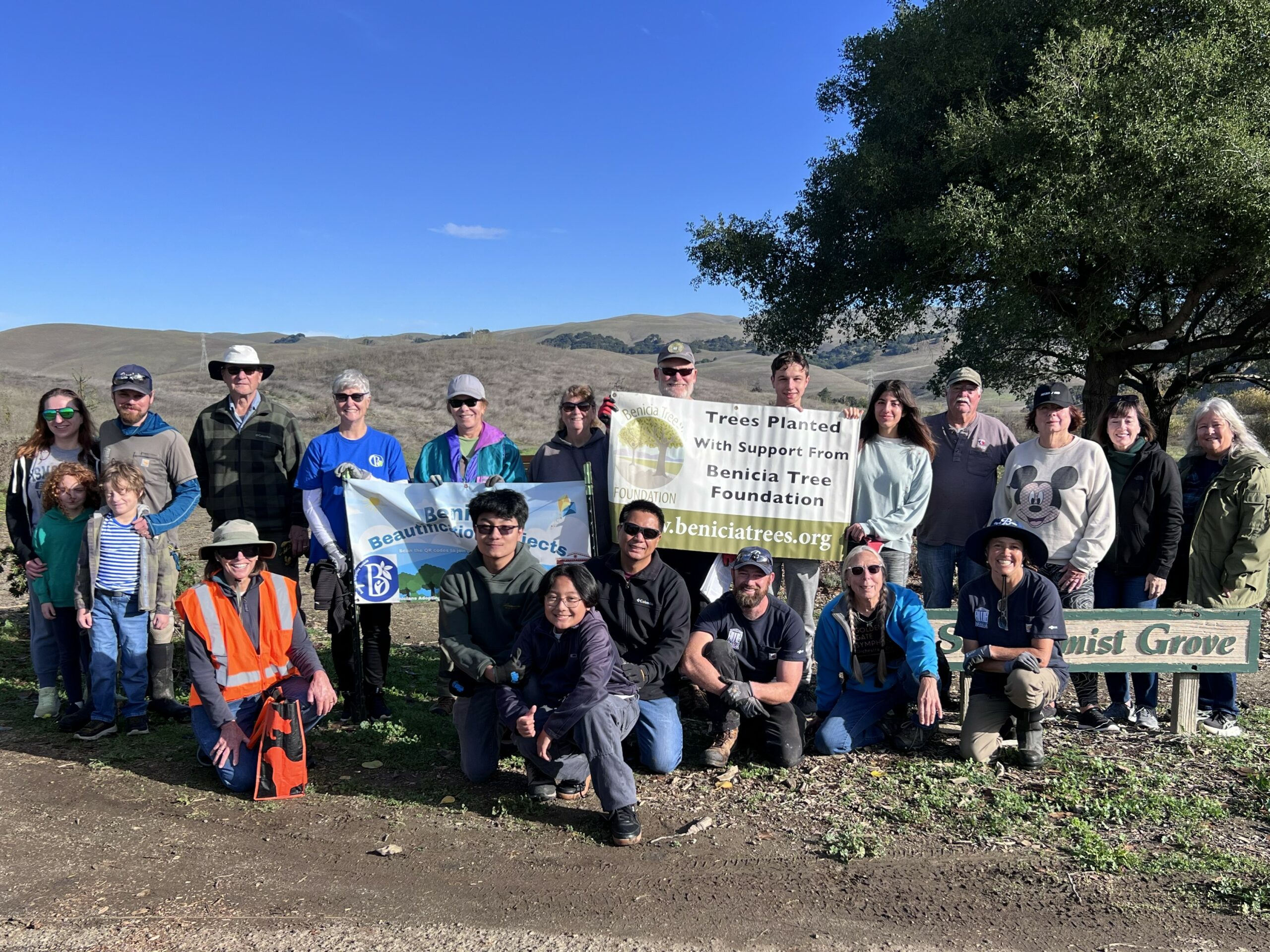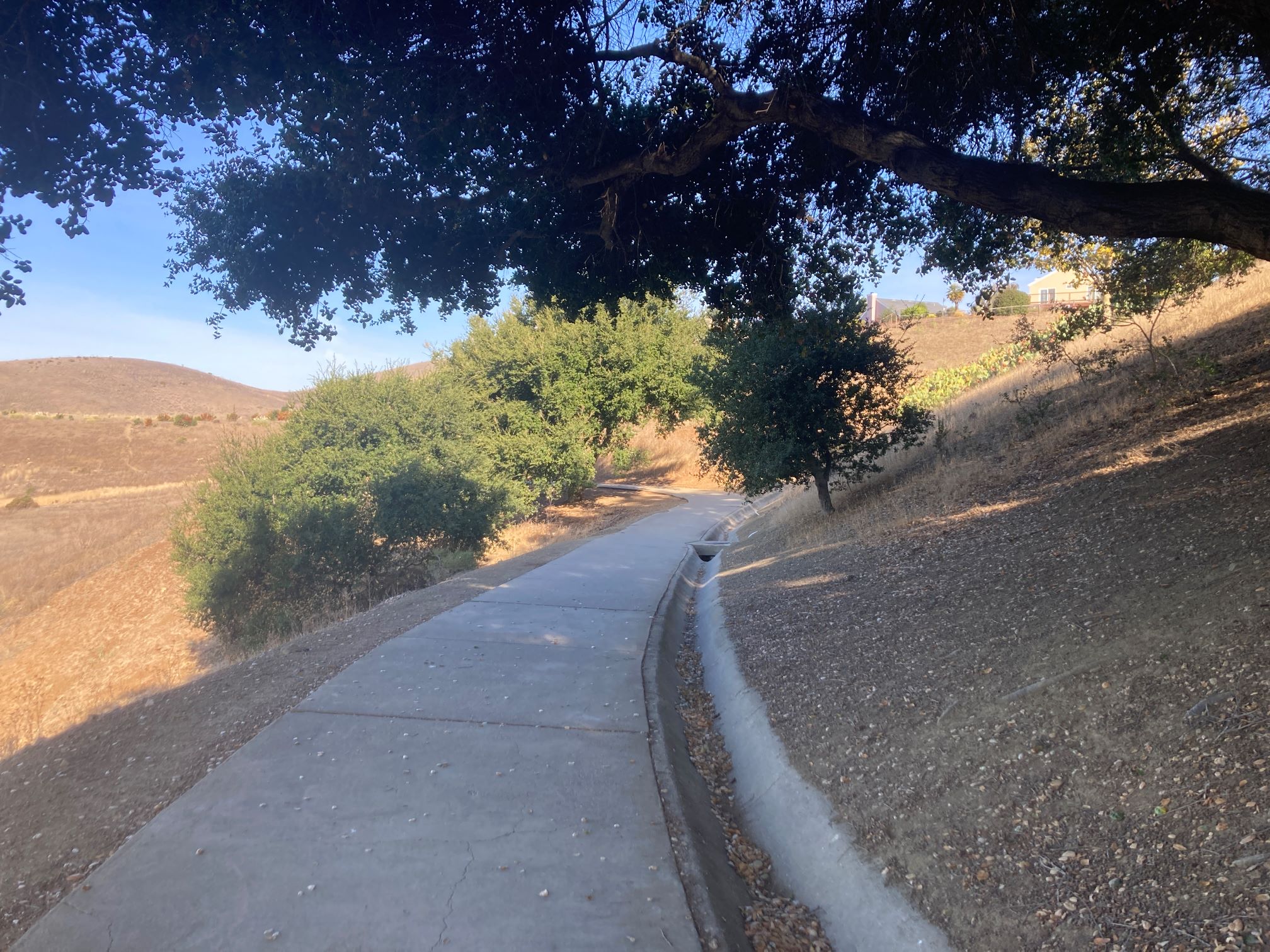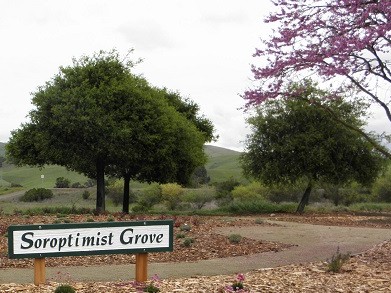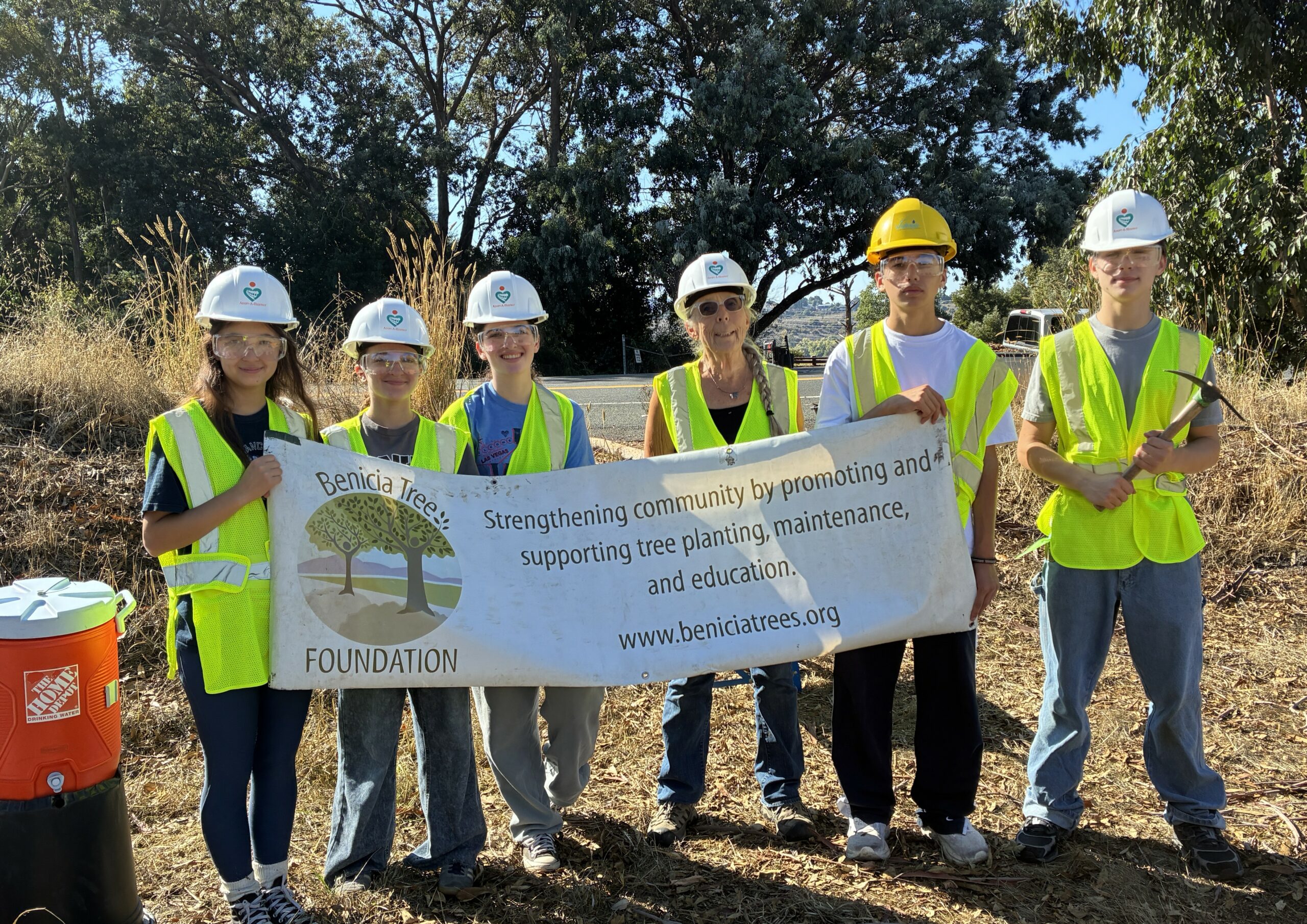Dear Editor:
No tree lover likes to see trees cut down. Unfortunately, in many urban environments, trees often become subjects of controversy in contested spaces, both public and private. Trees in cities are often at risk of removal, or damage from the vicissitudes of urban life.
The Mission of the Benicia Tree Foundation is to strengthen community by promoting and supporting tree planting, maintenance, and education. Please note that we place “strengthening community” before all other objectives. That is the big filter we place on all positions we take with regard to trees. That means that even though some of us have “hugged a tree” we are not hell-bent on saving every tree at any or all costs. It shouldn’t be a surprise that we don’t see a conflict between trees and solar energy. Both trees and solar power can clearly work together, rather than in competition with each other. Comparing the two is rather like comparing apples and oranges. But there are similarities, including the fact that both apples and oranges, like solar power and trees, are good for you and the general health of the community and environment.
The Benicia Tree Foundation is a proud supporter of the City of Benicia’s efforts to become more sustainable, and consider ourselves a key actor in implementing goals in Benicia’s Climate Action Plan. We think it is critically important to understand that urban forestry and solar energy do NOTrepresent a clash of environmental interests, but are in fact, compatible solutions that have distinctly different benefits (albeit they share some similarities). Both trees and solar power convert the sun and other elements into energy. Trees do this through photosynthetic conversion process, and photovoltaics (PV) do this through a photovoltaic conversion process. Both solutions contribute to reducing CO2 in the earth’s atmosphere.
While we are ready and willing to enumerate the many benefits, similarities, and distinctions between trees and solar energy, the controversy of the day is the removal of 42 trees for the first major municipal installation of solar photovoltaic arrays in Benicia.
Here is what we know:
- The planning on this project appears to be quite thorough and city staff have assured us that the decision to remove the trees in question was not taken lightly. The decision to remove the trees did come as a shock to many of us though, and we have asked that communication on such matters be more proactive. This feedback has been well received by city staff.
- We believe that the City of Benicia has taken the high road with regard to the removal of the trees. Nearly $20,000 in mitigation fees are being paid back into the city tree fund which is used for the maintenance and planting of trees.
- The CO2 offset of this project is significant (1900 CO2 Equivalent Metric Tons). The carbon sequestered in the 42 trees (*potentially close to 1 metric ton per year) slated for removal will eventually be restored and/or maintained through the funds paid into the tree fund from this project. Solar energy projects reduce CO2 emissions through conserving energy use, and trees sequester CO2 in the plant tissue. These are two distinct benefits that shouldn’t be viewed as competing with each other. We need solutions for sequestering CO2 and we need solutions for reducing CO2 emissions. We believe this project, in the long run, will accomplish both.
In summary, we support the City of Benicia in this solar energy project that takes the community in an important new direction that will have lasting benefits to future generations.
*By one measurement (and there are many!) a single mature tree can absorb carbon dioxide at a rate of 48 lbs./year and release enough oxygen back into the atmosphere to support 2 human beings. Forty-two trees multiplied by 48 lbs. (potentially) equals 2016 lbs per year or .914 metric tons per year. Rates of carbon sequestration by trees are highly variable depending upon the size and maturity of the tree, local conditions, species, leaf size and other factors. Additional CO2 may be conserved by trees that provide shade for structures relying on air conditioning. Tree shade also mitigates the effect of heat islands. Source: McAliney, Mike. Arguments for Land Conservation: Documentation and Information Sources for Land Resources Protection, Trust for Public Land, Sacramento, CA, December, 1993
Please feel free to contact me if you have any additional questions.
Sincerely,
Wolfram Alderson
Executive Director
Benicia Tree Foundation




